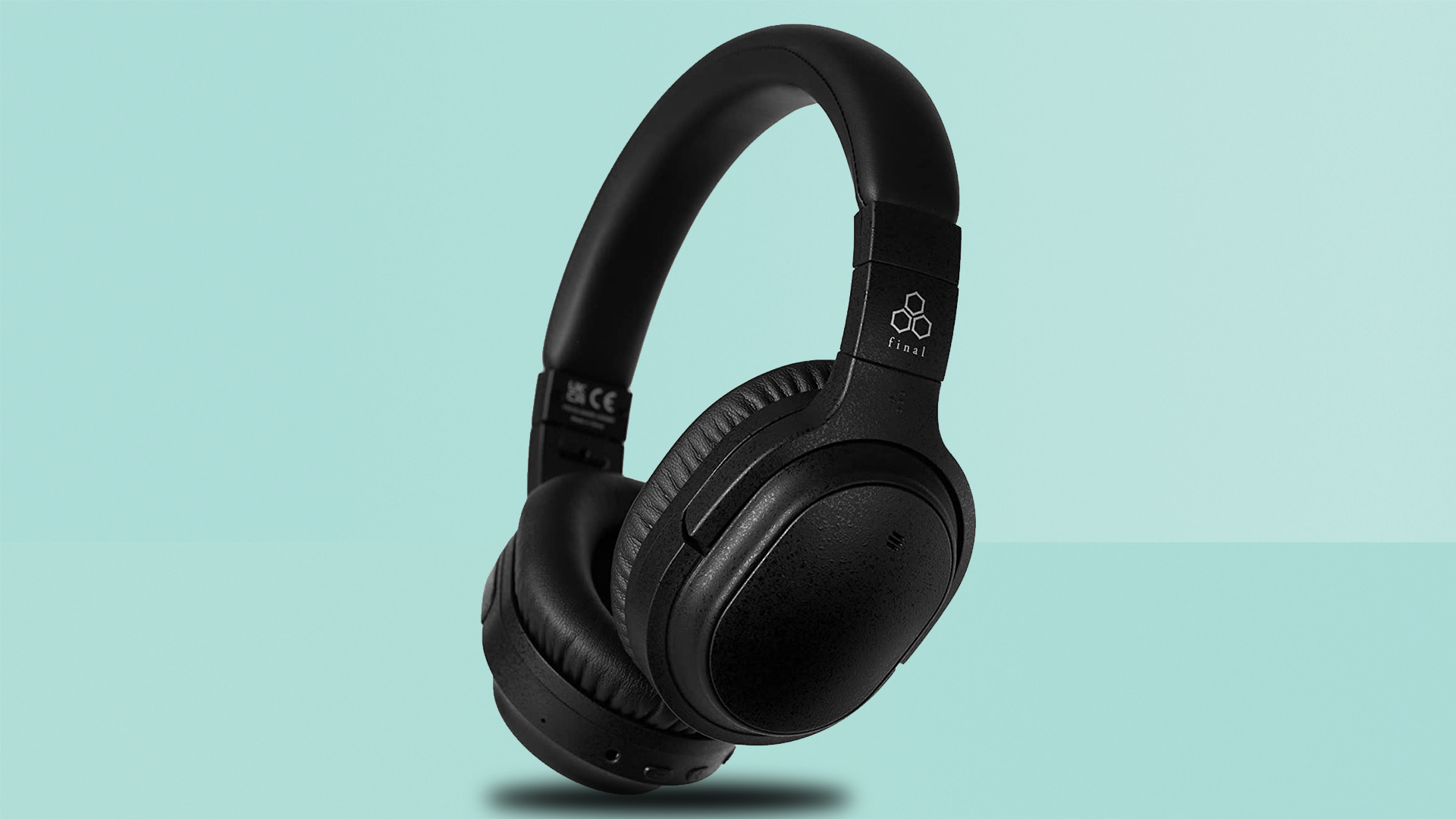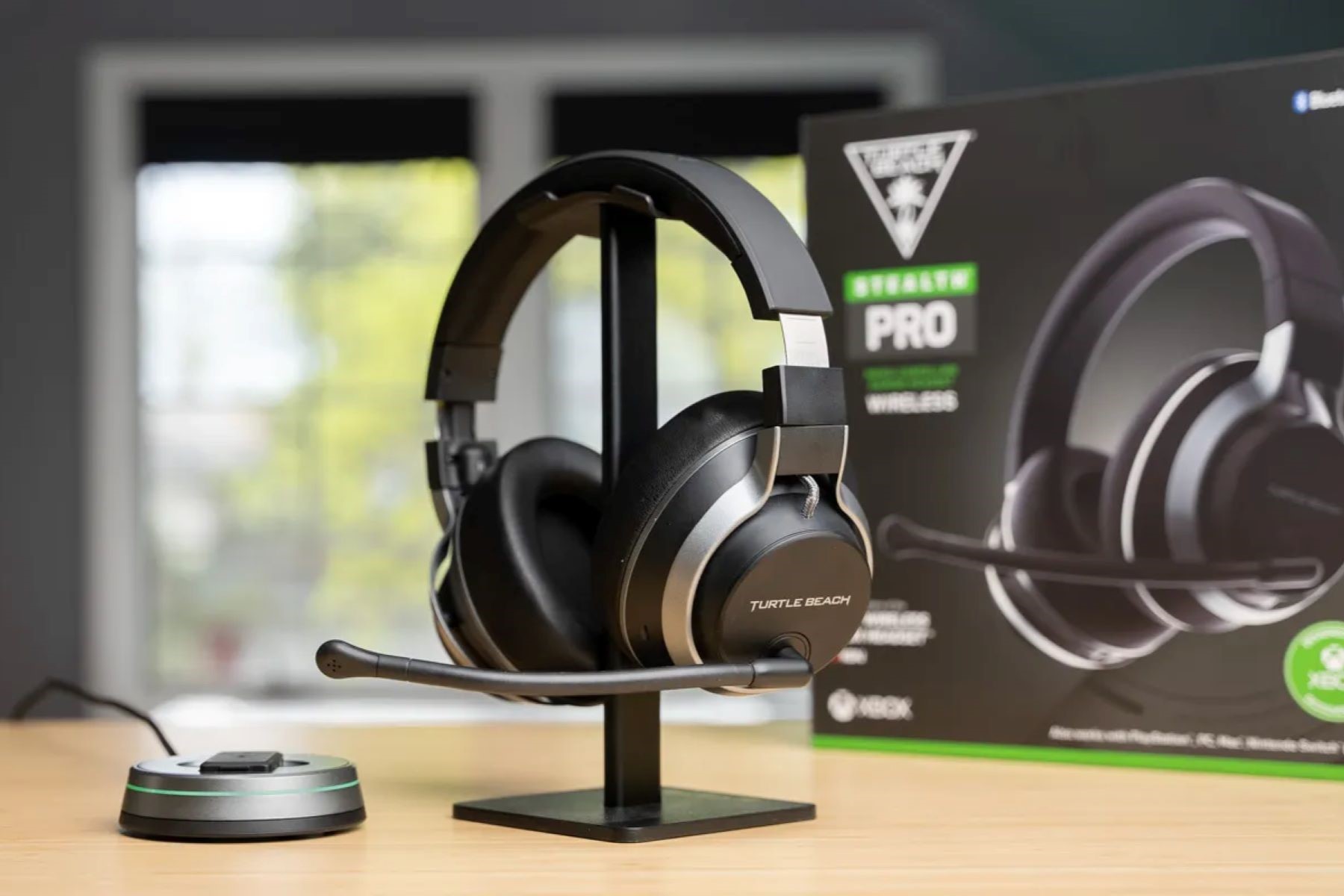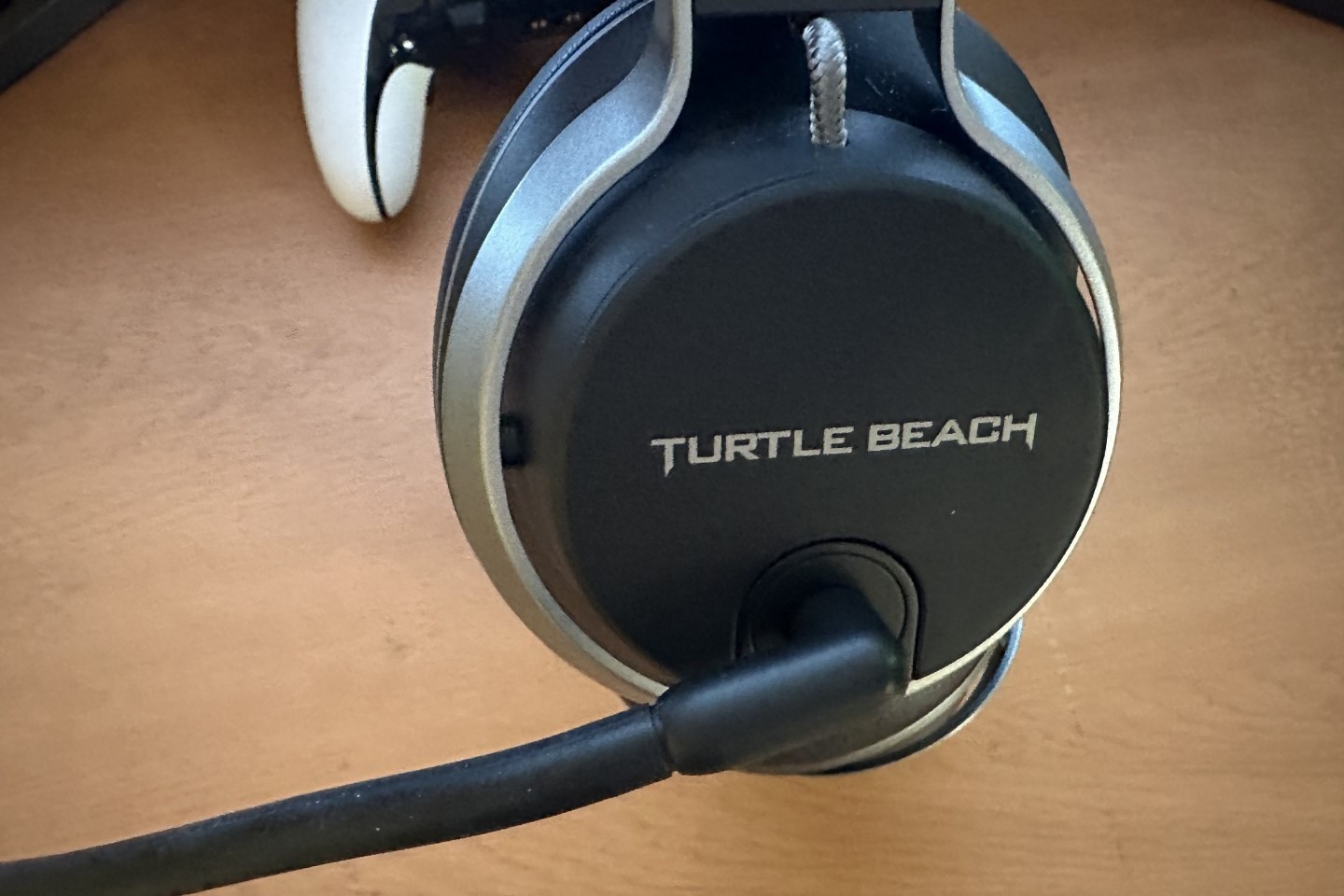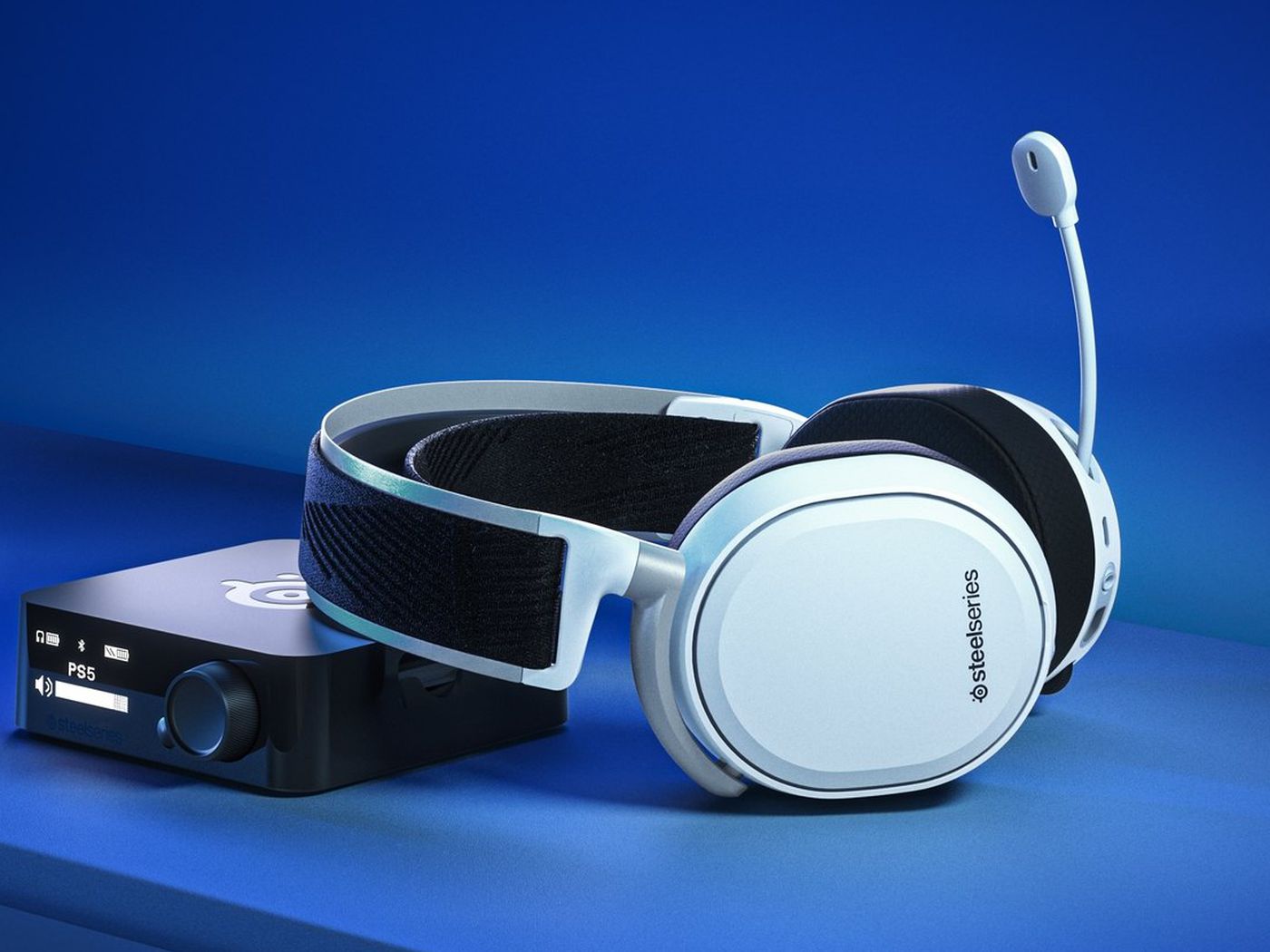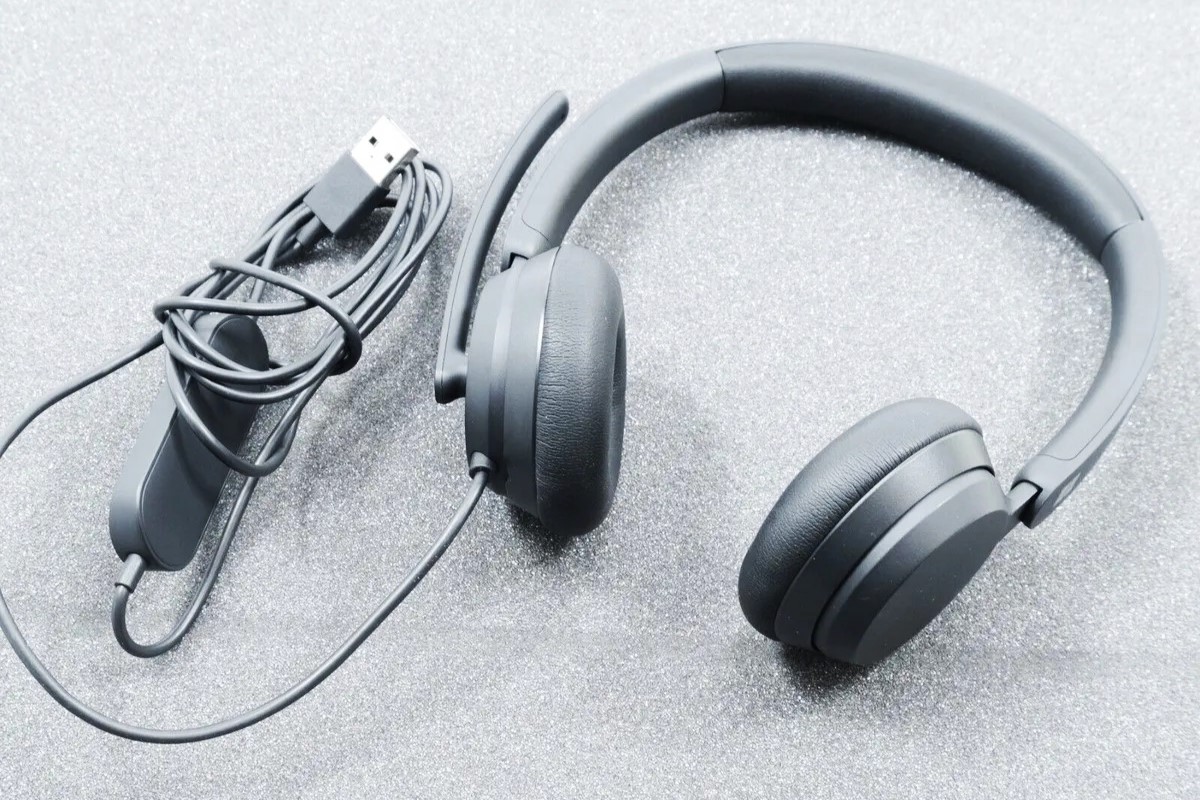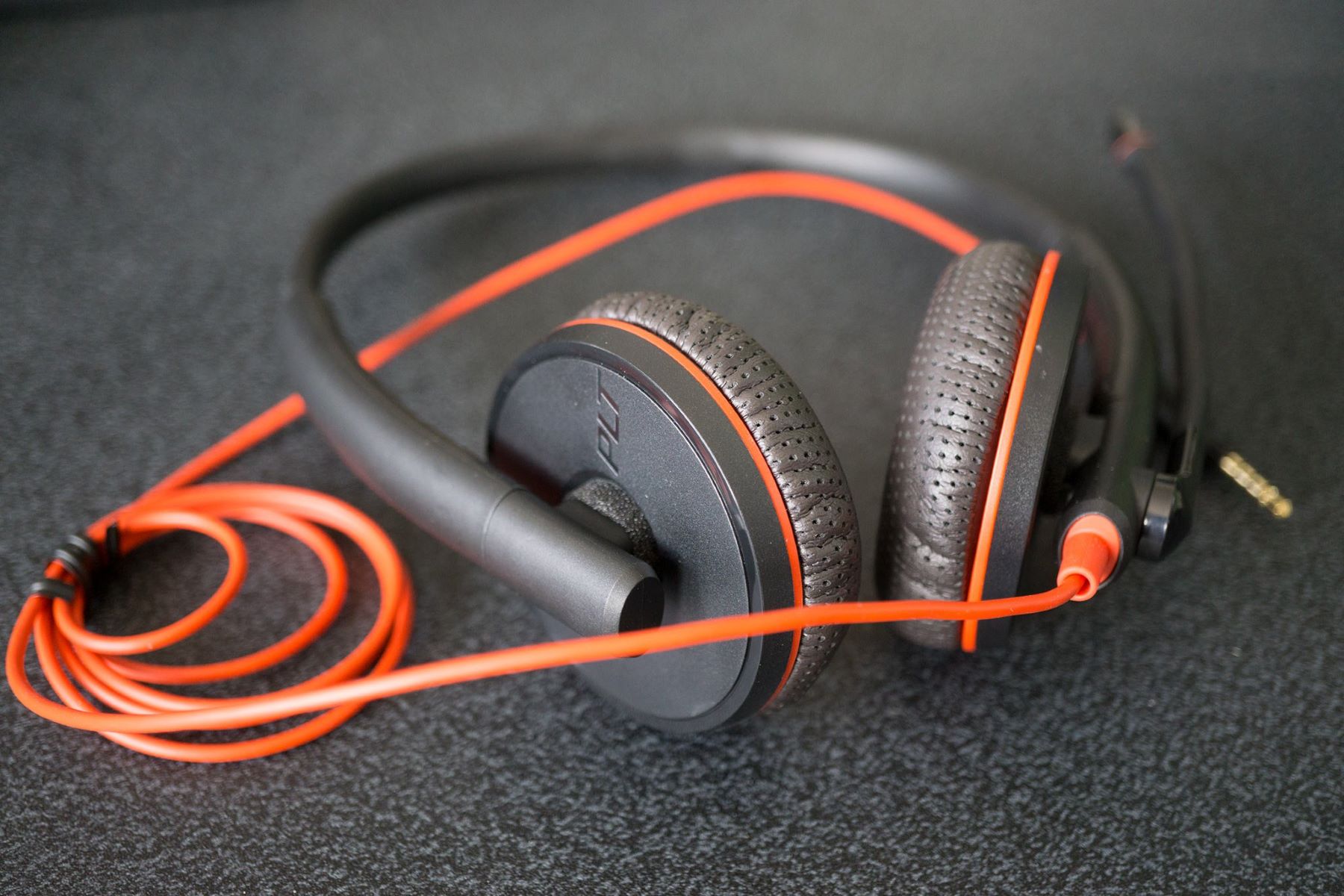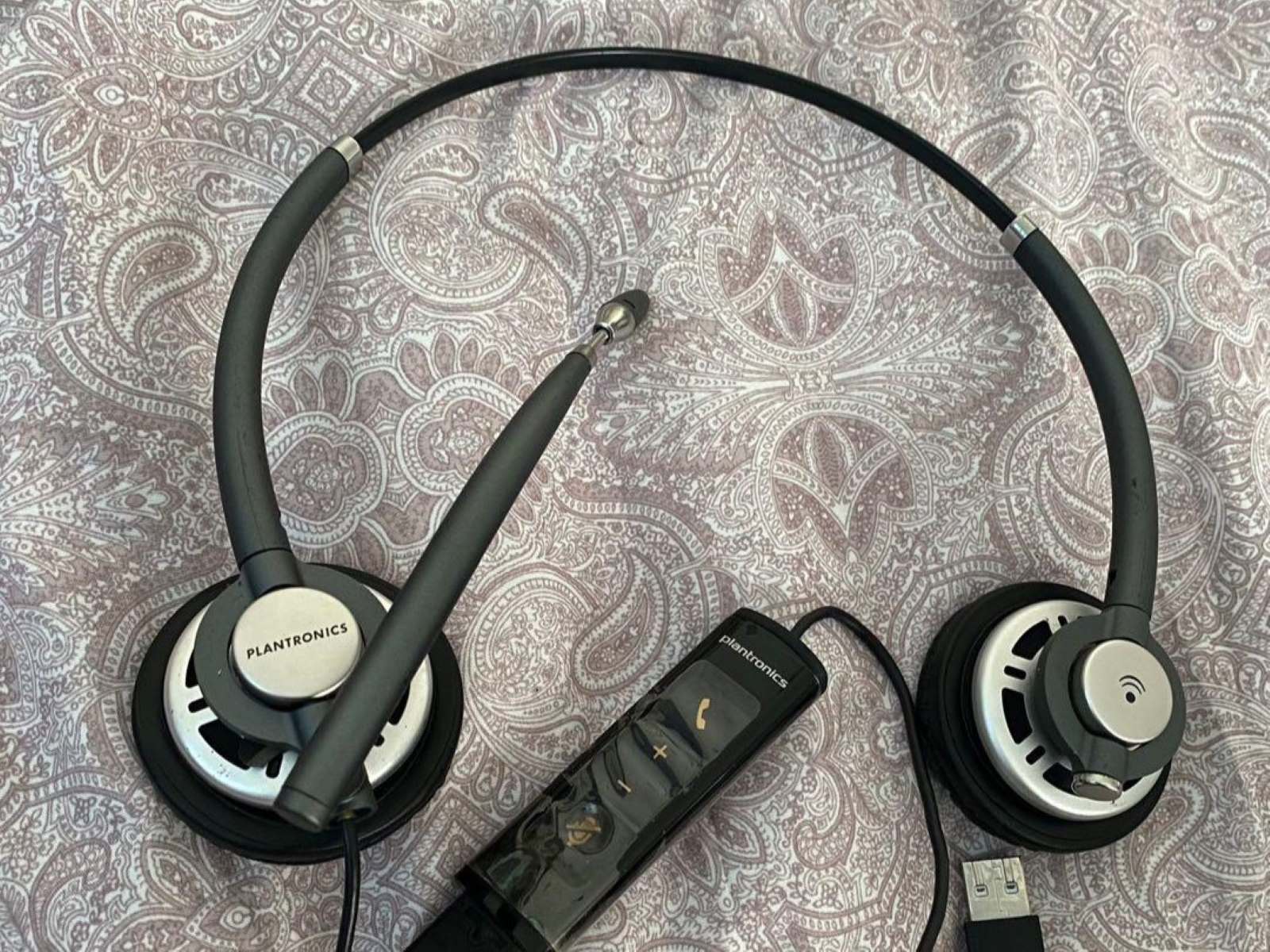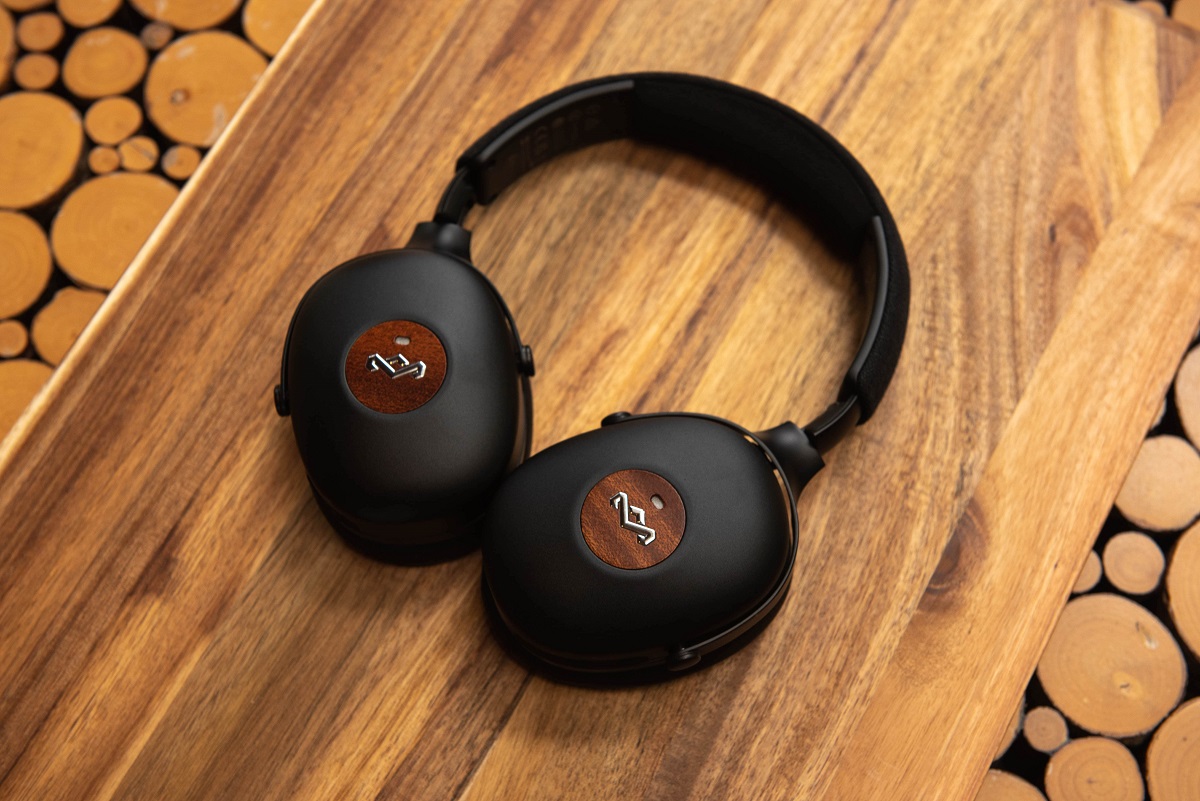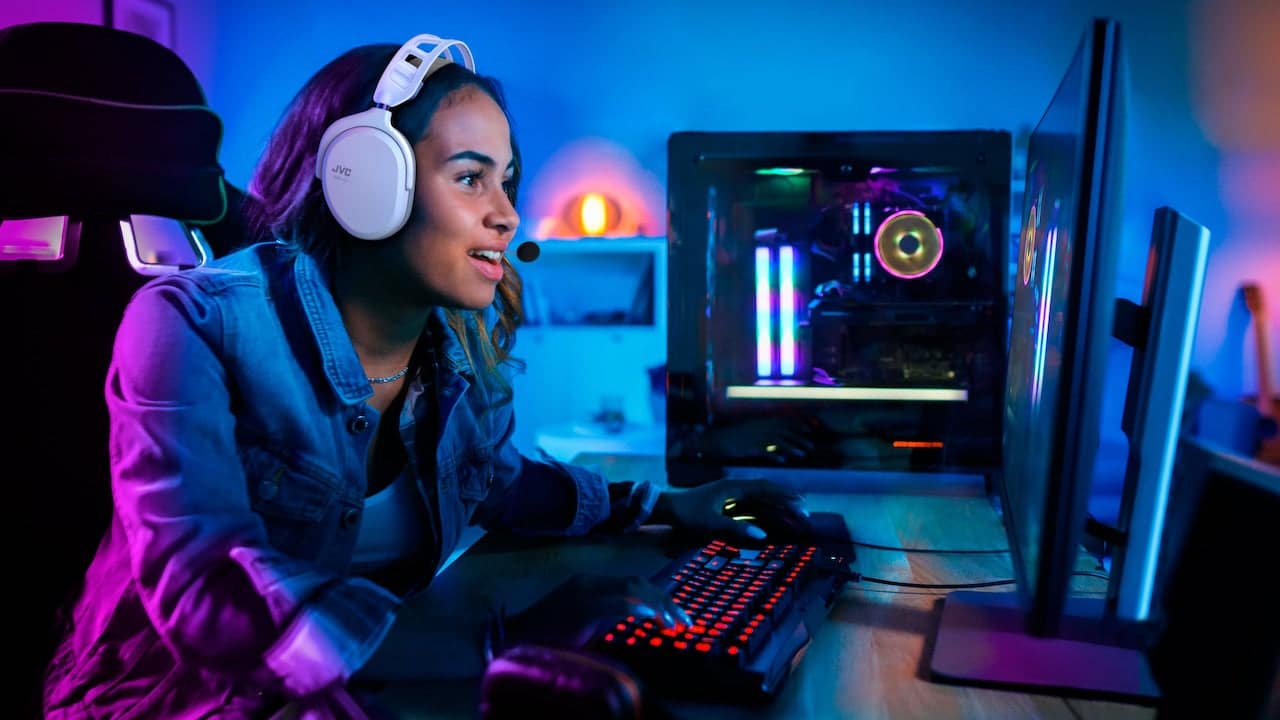Introduction
When it comes to enjoying our favorite tunes, immersing ourselves in a captivating podcast, or engaging in intense gaming sessions, a reliable headset is a must-have gadget. The convenience of wireless connectivity and the ability to block out ambient noise are just a few reasons why headsets have become indispensable companions in our daily lives. However, despite their numerous benefits, headsets can sometimes present frustrating audio issues that disrupt our entertainment or work. From crackling sounds and intermittent connectivity to muffled audio and unresponsive microphones, these problems can be a source of immense frustration.
In this comprehensive guide, we will delve into the common audio woes that plague headsets and explore effective troubleshooting steps to address these issues. Whether you're a music enthusiast, a dedicated gamer, or a professional who relies on crystal-clear communication, understanding how to tackle headset audio problems can significantly enhance your overall experience.
By identifying the root causes of audio disturbances and learning how to resolve them, you can reclaim the immersive sound quality and seamless functionality that your headset is designed to deliver. From checking hardware components to updating drivers and adjusting settings, we'll equip you with the knowledge and techniques to troubleshoot and resolve a wide array of audio issues. So, if you've ever been exasperated by crackling, distorted, or silent audio through your headset, fear not – we've got you covered.
Join us as we embark on a journey to troubleshoot the perplexing audio problems that may arise from your beloved headset. With our expert guidance, you'll soon be back to enjoying crisp, uninterrupted sound and seamless communication, all while making the most of your trusty headset. Let's dive into the world of headset troubleshooting and reclaim the joy of pristine audio experiences.
Common Audio Issues
Headsets, despite their technological advancements, are prone to a range of audio issues that can disrupt the user experience. Understanding these common problems is crucial for effectively troubleshooting and resolving them. Here are the prevalent audio issues that users may encounter with their headsets:
-
Crackling or Distorted Audio: One of the most frustrating issues is experiencing crackling or distorted sound while using a headset. This can diminish the quality of music, gaming audio, or communication, leading to a subpar experience.
-
Intermittent Connectivity: Wireless headsets may suffer from intermittent connectivity, causing audio to cut in and out. This inconsistency can be disruptive and hinder the overall enjoyment of using the headset.
-
Muffled or Inconsistent Sound: Users may encounter instances where the audio from their headset sounds muffled or inconsistent, impacting the clarity and richness of the sound.
-
Unresponsive Microphone: Many headsets come equipped with microphones for voice communication. However, users may encounter issues where the microphone becomes unresponsive, leading to difficulties in transmitting their voice effectively.
-
Silent or No Audio Output: Perhaps the most perplexing issue is when the headset produces no sound at all. This can be incredibly frustrating, especially when trying to engage in activities that rely on audio feedback.
-
Background Noise or Feedback: Some headsets may pick up unwanted background noise or produce feedback, detracting from the intended audio experience and causing distractions.
Understanding these common audio issues is the first step toward effectively troubleshooting and resolving them. By identifying the specific problem at hand, users can then proceed to implement targeted solutions to restore their headset's audio functionality.
Next, we will explore the essential troubleshooting steps to address these common audio issues and regain the optimal performance of your headset.
Troubleshooting Steps
When encountering audio issues with your headset, embarking on a systematic troubleshooting process can help identify and resolve the underlying problems. By following these essential steps, you can effectively address a wide range of common audio woes and restore your headset to its optimal functionality.
Checking Hardware
The first step in troubleshooting headset audio issues is to thoroughly inspect the hardware components. Begin by examining the physical connections, ensuring that the headset is securely plugged into the audio jack or connected to the wireless receiver. For wireless headsets, verify that the batteries are adequately charged and that the transmitter is functioning correctly.
Inspect the headset's cables for any signs of damage or wear, as frayed wires or loose connections can lead to audio disturbances. Additionally, examine the headset's audio drivers and controls, ensuring that they are not inadvertently muted or set to low volume levels. By meticulously assessing the hardware elements, you can identify and rectify any issues that may be contributing to the audio problems.
Updating Drivers
Outdated or corrupted audio drivers can significantly impact the performance of your headset. To address this, it is crucial to update the headset's drivers to the latest versions compatible with your operating system. Begin by accessing the device manager on your computer and locating the headset under the audio or sound devices category. From there, you can update the drivers either manually or through the manufacturer's official website.
By ensuring that the drivers are up to date, you can resolve compatibility issues, address software conflicts, and optimize the audio output of your headset. This step is particularly essential for maintaining seamless communication, high-quality sound, and overall performance.
Adjusting Settings
In many cases, audio issues with headsets can be attributed to misconfigured settings on the connected devices. Whether it's a smartphone, computer, gaming console, or other audio sources, it's crucial to review and adjust the audio settings to ensure compatibility and optimal performance with your headset.
Check the audio output settings on your device, verifying that the correct audio output device, such as the headset, is selected. Additionally, review the sound enhancement settings, equalizer configurations, and spatial audio options to ensure that they align with the capabilities of your headset. By fine-tuning these settings, you can enhance the audio quality, mitigate distortions, and eliminate compatibility issues that may be affecting your headset's performance.
By diligently following these troubleshooting steps, you can effectively address a myriad of audio issues that may arise with your headset. Whether it's crackling sounds, intermittent connectivity, or unresponsive microphones, a methodical approach to troubleshooting can lead to swift resolutions and a restored audio experience.
Remember, each headset model and brand may have specific troubleshooting nuances, so referring to the manufacturer's guidelines and support resources can provide additional insights tailored to your device. With these troubleshooting steps at your disposal, you can confidently tackle audio issues and reclaim the immersive, high-fidelity sound that your headset is designed to deliver.
Checking Hardware
The hardware components of your headset play a pivotal role in delivering the intended audio experience. When troubleshooting audio issues, it is imperative to begin by thoroughly examining the physical aspects of the headset and its connections. This meticulous inspection can help identify potential hardware-related issues that may be contributing to the audio disturbances.
Start by ensuring that the headset is securely connected to the audio jack or wireless receiver, depending on the type of headset you are using. For wired headsets, check that the audio jack is fully inserted into the corresponding port on your device, and there are no loose connections. In the case of wireless headsets, verify that the batteries are adequately charged and that the wireless transmitter is functioning correctly. A weak or faulty wireless connection can lead to audio disruptions, so it's crucial to address any connectivity issues at this stage.
Inspect the headset's cables for any signs of damage, such as fraying or exposed wires. Even minor wear and tear can compromise the integrity of the audio signal, resulting in crackling or intermittent audio. Additionally, examine the headset's audio controls and drivers to ensure that they are not inadvertently muted or set to low volume levels. Sometimes, accidental adjustments or software glitches can lead to unexpected audio behavior, which can be rectified by restoring the settings to their optimal levels.
Furthermore, if your headset features a detachable microphone, ensure that it is securely connected and positioned correctly. Loose or improperly connected microphones can lead to unresponsive audio input, causing communication issues during voice calls or gaming sessions.
By meticulously assessing the hardware elements of your headset, you can identify and rectify any issues that may be contributing to the audio disturbances. This proactive approach to checking the hardware sets the foundation for a comprehensive troubleshooting process, allowing you to pinpoint and address potential hardware-related issues that may be affecting the audio performance of your headset.
Updating Drivers
Updating the drivers of your headset is a crucial step in troubleshooting audio issues and optimizing its performance. The drivers serve as the communication bridge between the headset and the operating system of your device, ensuring seamless audio playback and microphone functionality. Over time, outdated or corrupted drivers can lead to compatibility issues, software conflicts, and suboptimal audio quality. Therefore, keeping the headset drivers up to date is essential for maintaining a smooth and immersive audio experience.
To initiate the driver update process, begin by accessing the device manager on your computer or the corresponding settings on your device's operating system. Locate the headset under the audio or sound devices category, and then proceed to check for available driver updates. Most operating systems provide the option to automatically search for and install driver updates, simplifying the process for users.
Alternatively, you can visit the official website of the headset's manufacturer to manually download the latest driver versions compatible with your operating system. Manufacturers often provide dedicated support sections on their websites, offering a repository of drivers, software updates, and troubleshooting guides tailored to their products.
By updating the headset drivers, you can address compatibility issues, resolve software conflicts, and optimize the audio output. This proactive approach ensures that the headset communicates effectively with the operating system, leveraging its full potential for delivering high-quality sound and reliable microphone performance.
In addition to addressing audio issues, updating the drivers can also introduce new features, enhancements, and bug fixes provided by the manufacturer. These updates may further improve the overall functionality and user experience of the headset, making it a worthwhile endeavor for maintaining peak performance.
By diligently updating the drivers of your headset, you can mitigate potential audio disruptions, enhance compatibility, and ensure that the headset operates seamlessly with your devices. This proactive maintenance approach contributes to a more enjoyable and reliable audio experience, allowing you to fully immerse yourself in music, gaming, or communication without being hindered by audio-related issues.
Adjusting Settings
Fine-tuning the audio settings on your connected devices is a pivotal step in troubleshooting headset audio issues. Whether you're using a smartphone, computer, gaming console, or other audio sources, ensuring that the settings are optimized for seamless compatibility with your headset can significantly enhance the overall audio experience.
Begin by reviewing the audio output settings on your device, ensuring that the correct audio output device, such as the headset, is selected. This fundamental adjustment ensures that the audio signal is directed to the intended output source, allowing you to fully experience the immersive sound quality of your headset.
In addition to selecting the appropriate audio output device, it's essential to delve into the advanced audio settings available on your device. Many modern devices offer a range of sound enhancement features, equalizer configurations, and spatial audio options that can be tailored to suit your audio preferences. By exploring these settings, you can fine-tune the audio output to align with the capabilities of your headset, mitigating distortions and optimizing the overall sound quality.
For gaming enthusiasts, adjusting the spatial audio settings can make a substantial difference in the immersive gaming experience. Spatial audio technologies, such as surround sound emulation and 3D audio processing, can create a more realistic and engaging audio environment, enhancing the depth and spatial awareness in games. By ensuring that these settings are aligned with the capabilities of your headset, you can unlock the full potential of spatial audio, allowing for a more captivating and immersive gaming experience.
Furthermore, reviewing the equalizer configurations allows you to customize the audio output based on your preferences. Whether you prefer enhanced bass for music playback, balanced frequencies for voice communication, or optimized settings for specific gaming genres, adjusting the equalizer can tailor the audio output to your liking. This level of customization empowers you to create a personalized audio experience that complements the capabilities of your headset, ensuring that you can fully appreciate the nuances of the sound reproduction.
By meticulously adjusting the audio settings on your connected devices, you can fine-tune the audio output to align with the capabilities of your headset, mitigating distortions, and optimizing the overall sound quality. This proactive approach enables you to tailor the audio experience to your preferences, ensuring that you can fully immerse yourself in music, gaming, or communication without being hindered by audio-related issues.
Conclusion
In conclusion, troubleshooting audio issues with your headset is a fundamental aspect of ensuring a seamless and immersive audio experience across various activities, including music enjoyment, gaming, and communication. By addressing common problems such as crackling or distorted audio, intermittent connectivity, unresponsive microphones, and other audio disturbances, you can reclaim the optimal performance of your headset and fully immerse yourself in the intended audio content.
Through a systematic approach to troubleshooting, including checking hardware components, updating drivers, and adjusting settings, you can effectively identify and resolve the root causes of audio disruptions. By meticulously inspecting the physical connections, examining the headset's cables, and ensuring that the drivers are up to date, you can mitigate potential hardware-related issues and software conflicts that may impact the audio quality.
Furthermore, fine-tuning the audio settings on your connected devices, such as smartphones, computers, and gaming consoles, allows you to tailor the audio output to align with the capabilities of your headset. This level of customization empowers you to create a personalized audio experience that complements your preferences, ensuring that you can fully appreciate the nuances of the sound reproduction without being hindered by audio-related issues.
It's important to note that each headset model and brand may have specific troubleshooting nuances, so referring to the manufacturer's guidelines and support resources can provide additional insights tailored to your device. Additionally, staying informed about firmware updates, software enhancements, and best practices for maintaining your headset can contribute to a more reliable and enjoyable audio experience.
By diligently following the essential troubleshooting steps outlined in this guide, you can enhance the longevity and performance of your headset, ensuring that you can fully immerse yourself in the captivating world of audio content. Whether you're a music enthusiast seeking pristine sound quality, a gamer craving immersive audio environments, or a professional relying on clear communication, a proactive approach to troubleshooting audio issues can elevate your overall audio experience and maximize the potential of your headset.







